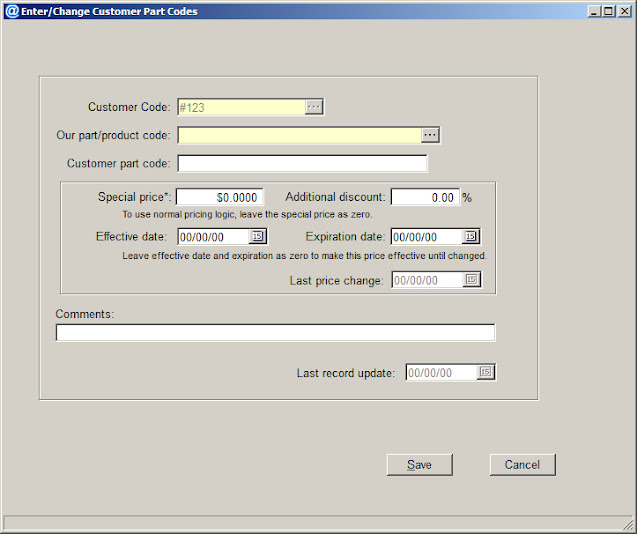In our August 2021 blog post, we mentioned proposed IRS regulations that would lower e-filing requirements for W-2/W-3 forms and a possible aggregate approach involving other forms including 1099-NEC. Those proposed changes have not been finalized, and so the pre-existing rules still apply for 2021. Nonetheless, the writing is on the wall as to a continued reduction in e-filing thresholds coupled with the fact that many states have very low minimum requirements making it more convenient to simply file W-2/W-3 forms electronically at both the federal and state (where required) levels. Submission in this manner is generally more secure and it also allows your employees to potentially file their personal returns quicker.
Meanwhile we have remained very busy updating both the Advanced Accounting 8 version (and now 9 - see below) as well as with custom programming work.
By August we had completed Adv 8 releases 6 and 7 (almost none of which related to payroll issues). Rel. 6 included further enhancements to customer product cross-references first introduced in release 5 (at the end of 2020) and many other system-wide changes. Release 7 included the integrated report designer and some 20+ report layouts that end users are able to directly modify (via a new Utilities option R, i.e. UT-R). In Adv 8 release 8 that has just been completed, we have provided the changes for the new 3-part 1099-NEC as mentioned in the earlier blog but also a new load sheet option from both the sales orders and point-of-sale modules, a new remittance option when making e-payments from the pick to pay program (AP-D), and more. Plus, Adv 8 rel. 8 (released today) includes the federal tax table update for 2022. As state changes are announced and as we go through the states that make 2022 changes, further updates will be made in the next release which will be made available on an advance basis for anyone that needs them and that has Adv 8 r8 (or Adv 9 r1) installed. We have fairly extensively tested those rate changes and for most people, they will result in at least slightly lower federal withholding, although the potential number of combinations for any given employee has become fairly complex as a result of the January 2020 federal changes. We have also completed the required W-2 e-filing testing, and the Addsum-Nelco portal will be available for federal and state e-filings as of January 10, 2022.
In addition and as also indicated in an earlier blog, we have expanded employee "other deductions" (UOD) that allow for either pre- or post-tax options from six to nine, which overall increases the number of available employee deductions from eight to eleven per employee overall. This change ended up being so significant to the payroll module affecting almost every option (over 26 individual program changes plus a new data file and four restructured data files and seven report layout modifications) and because most Adv 8 users are happy with the current number of deductions or may not use the payroll module, that we decided to preliminarily make the expanded payroll deduction the starting point for Advanced Accounting 9. Eventually we plan to move all users to the Adv 9 version, but for now we will continue to develop both versions simultaneously so that they will have have the same overall features and since the payroll changes can be fairly well isolated, and because both versions are otherwise highly compatible.
We look forward to working with our new and long-term customers in the new year as we all continue to do the best we can under less than ideal circumstances.







